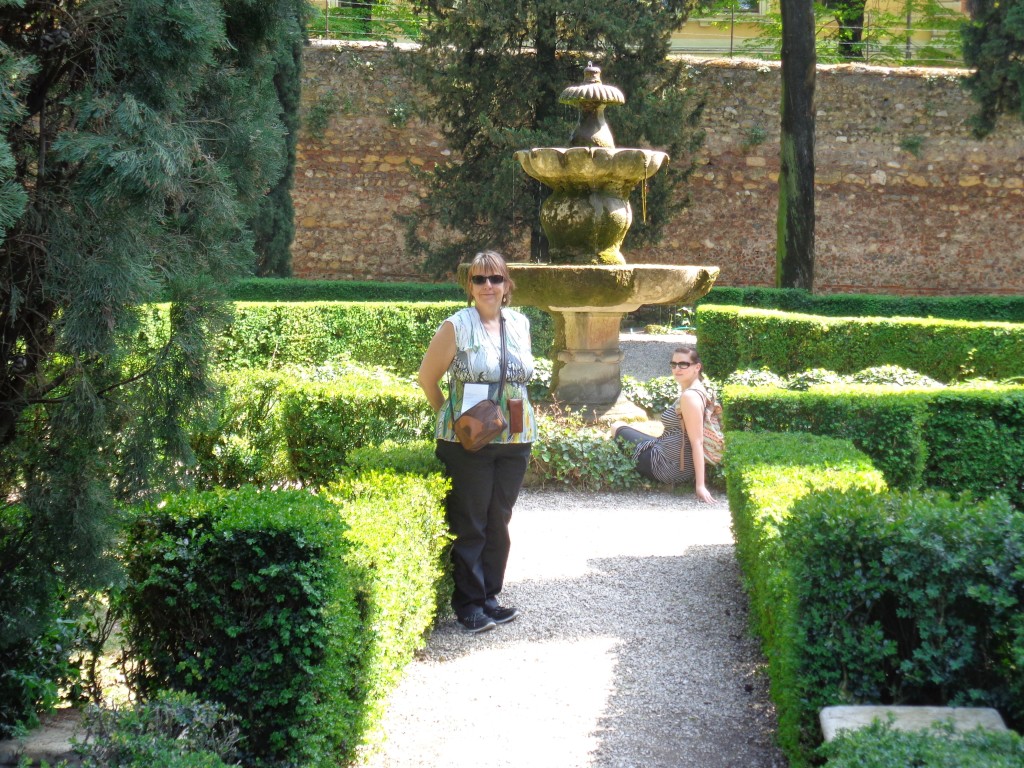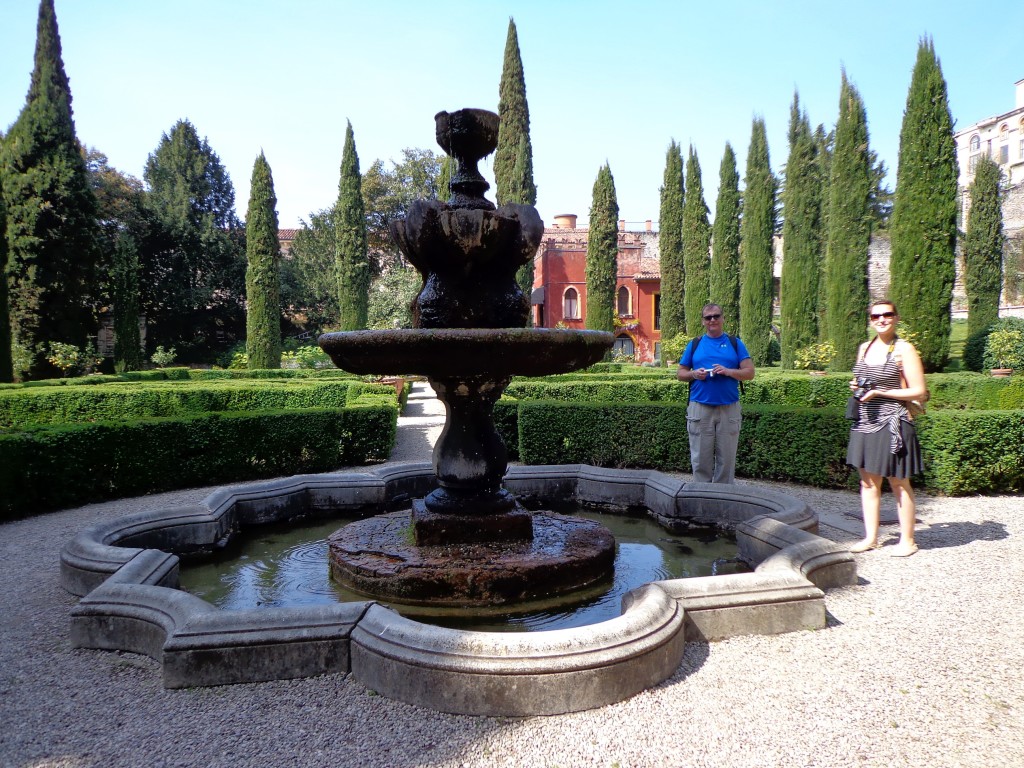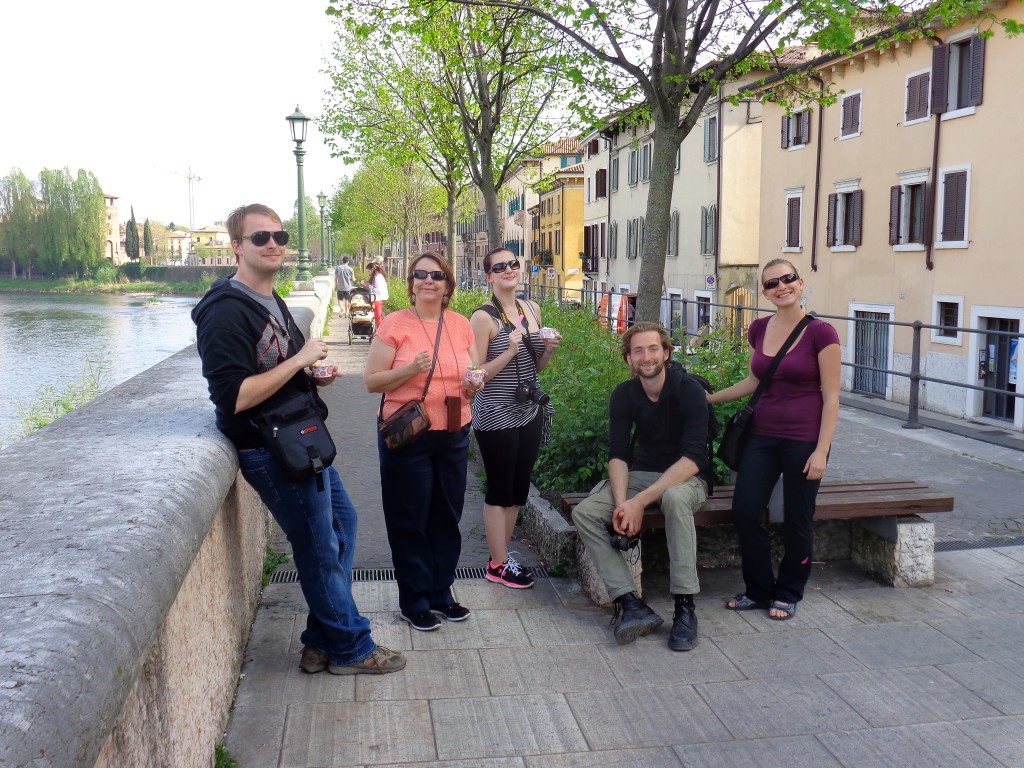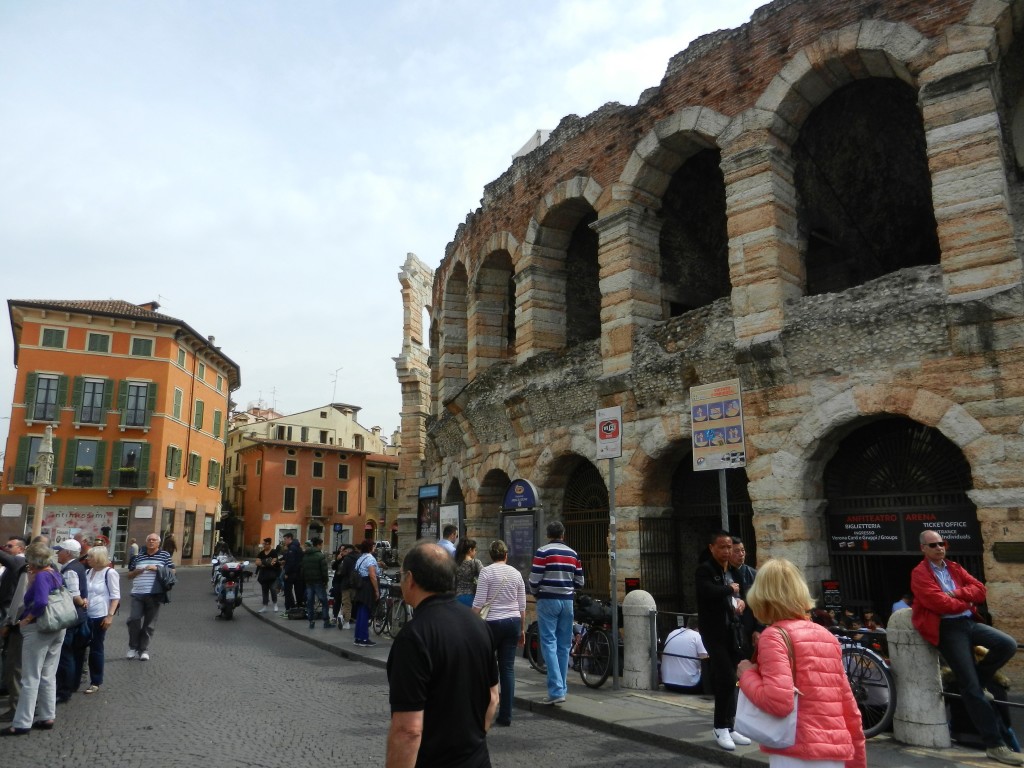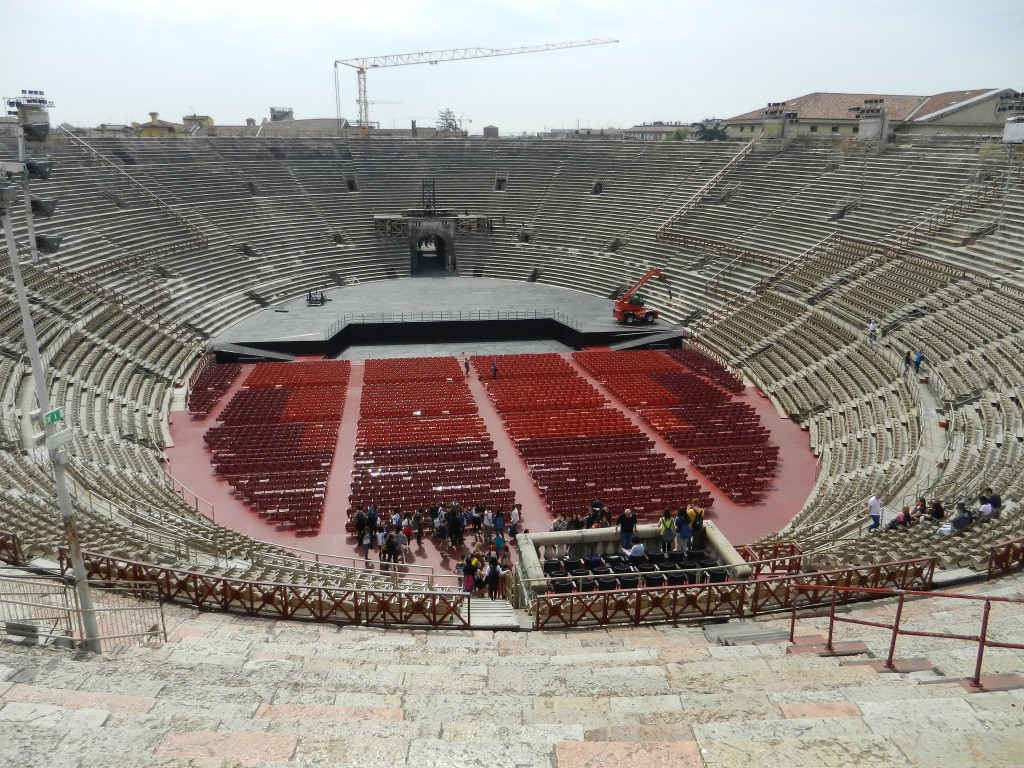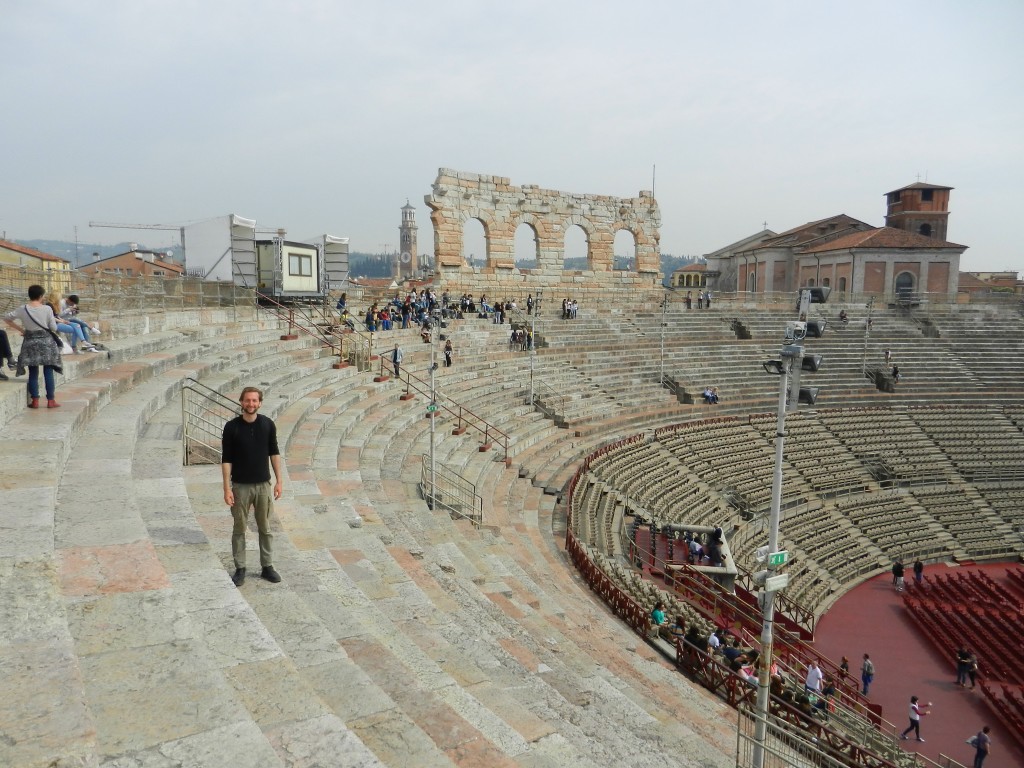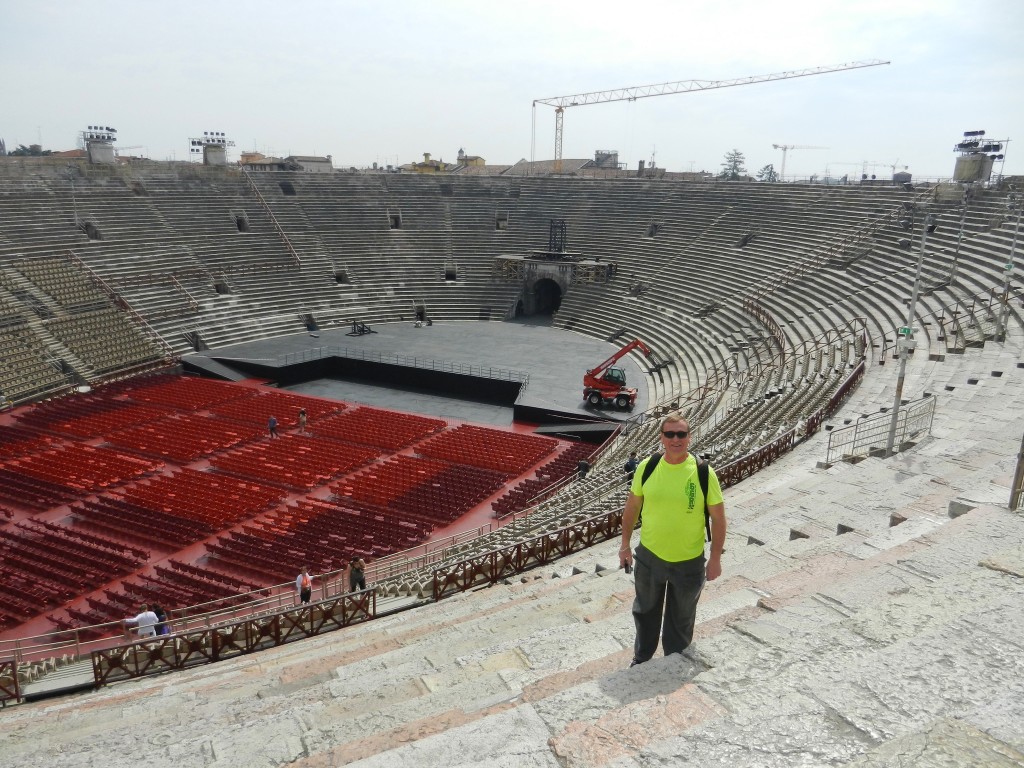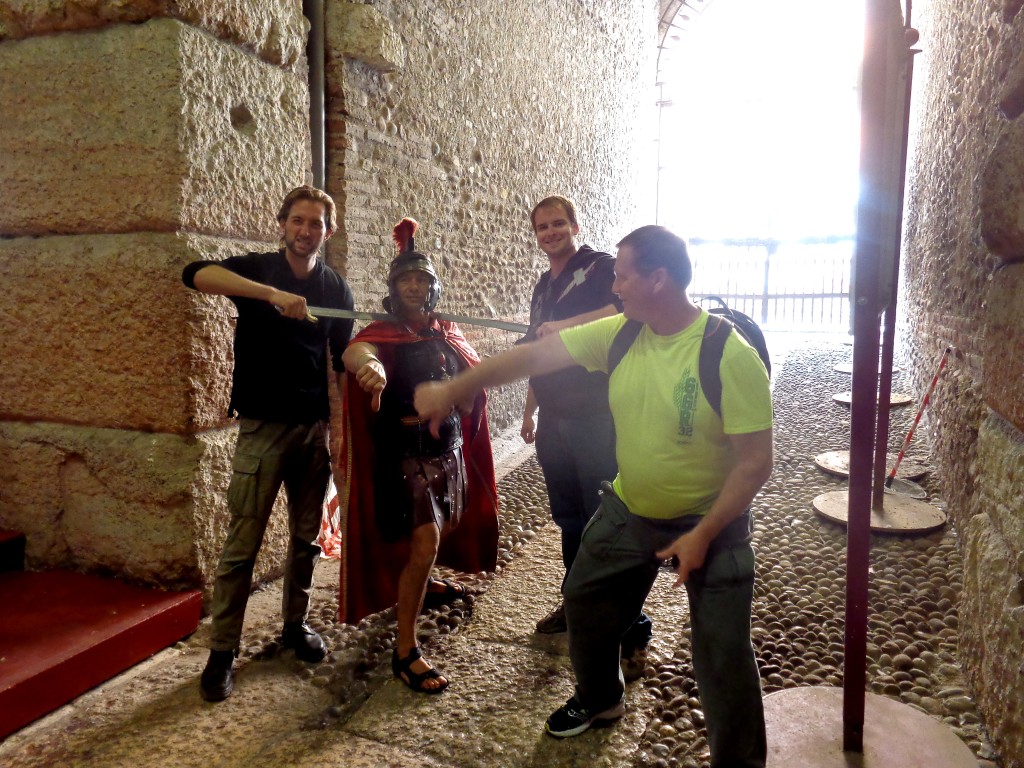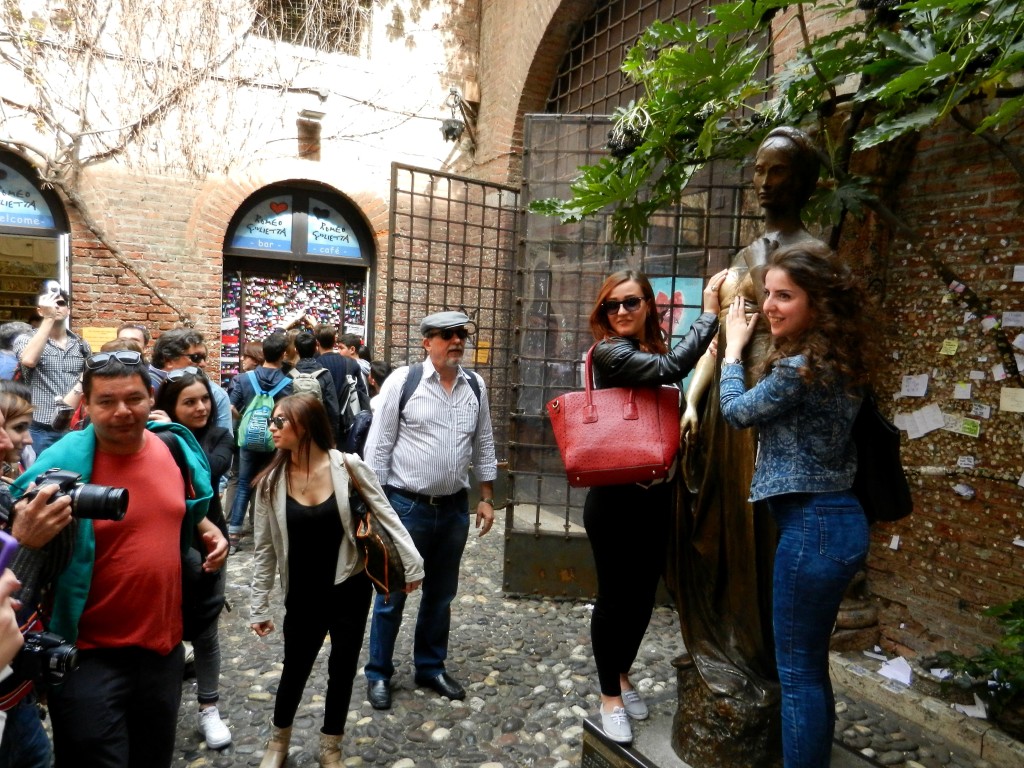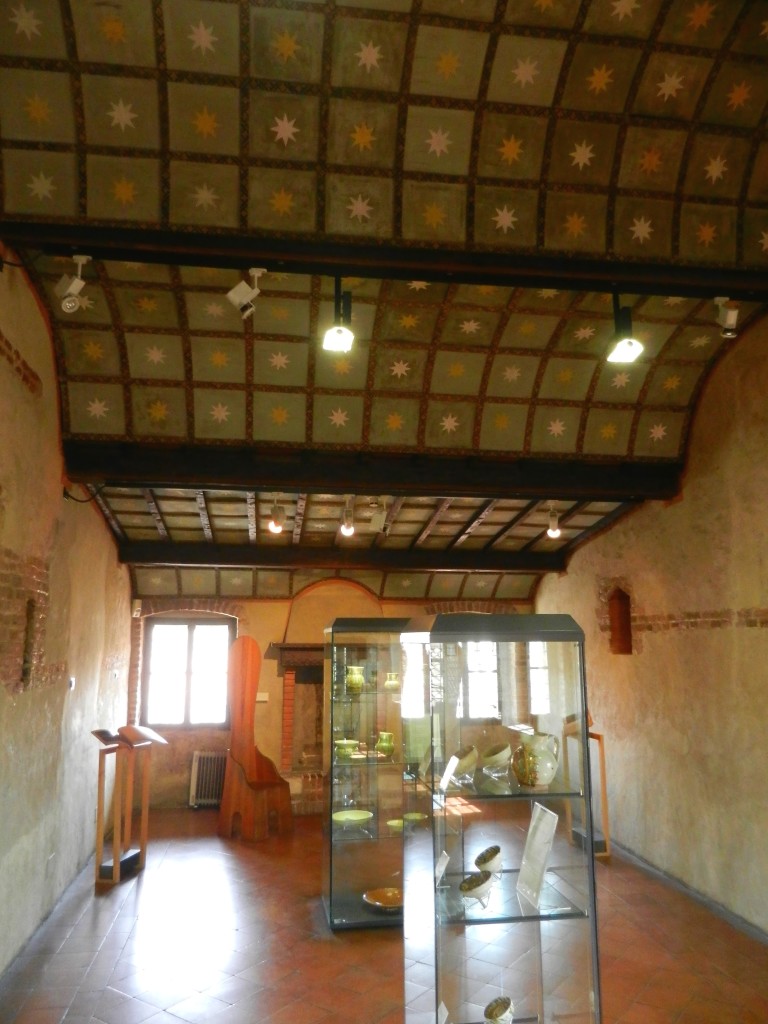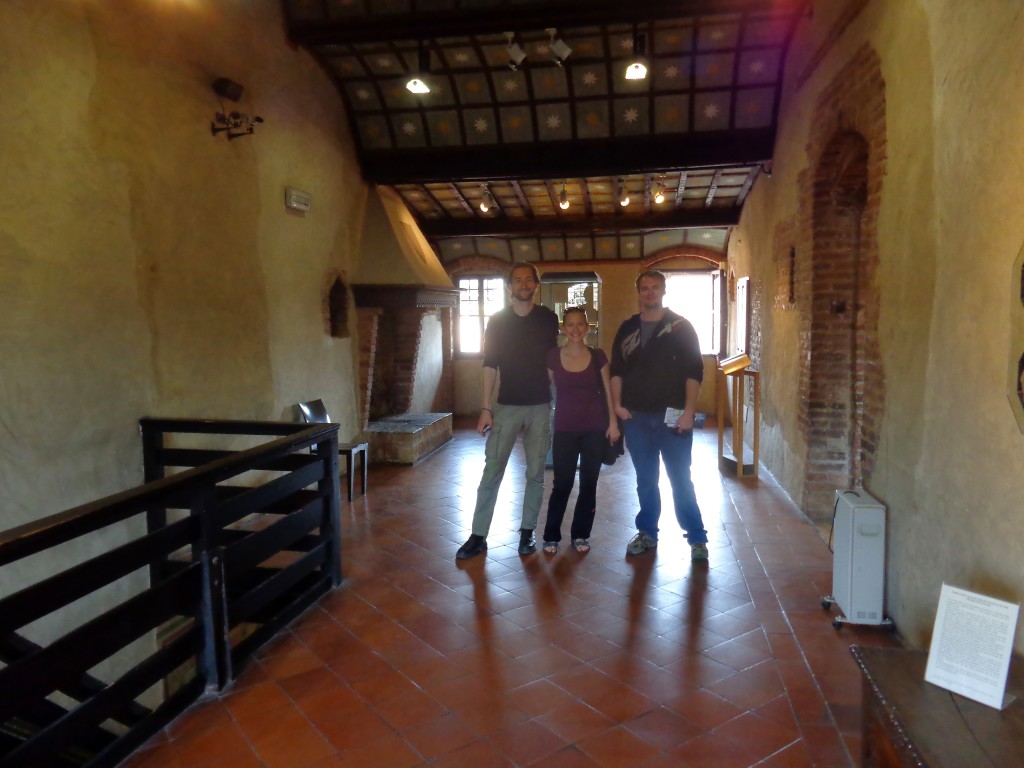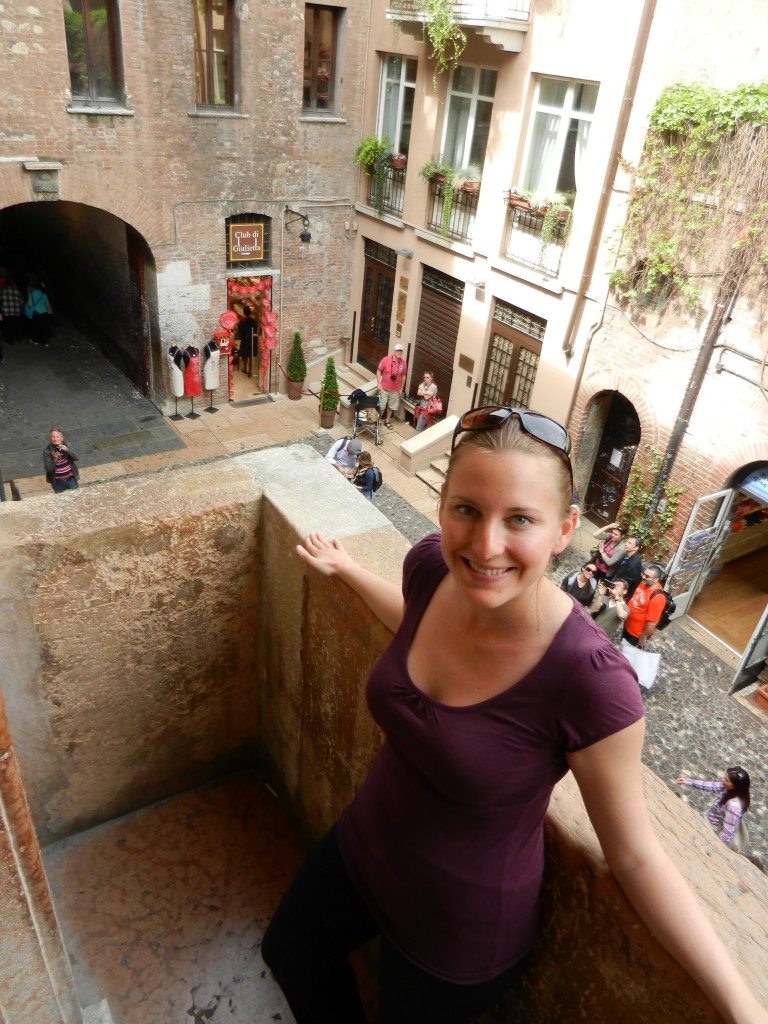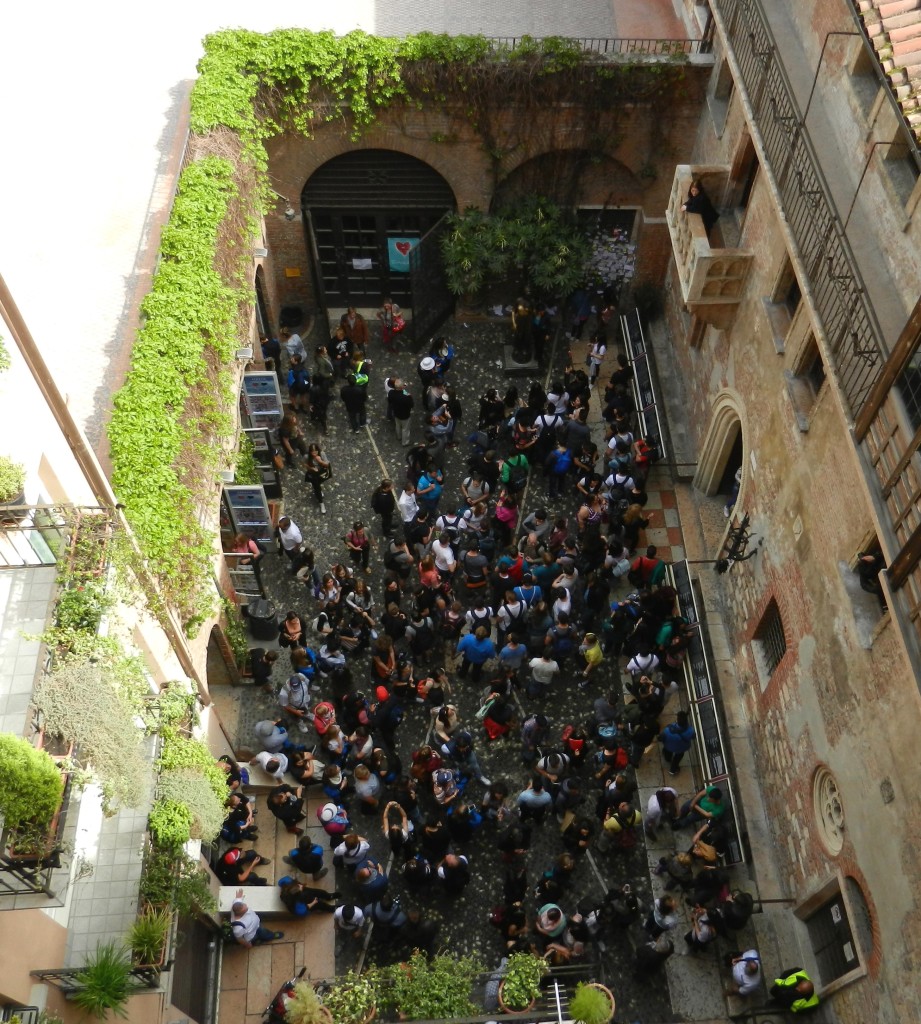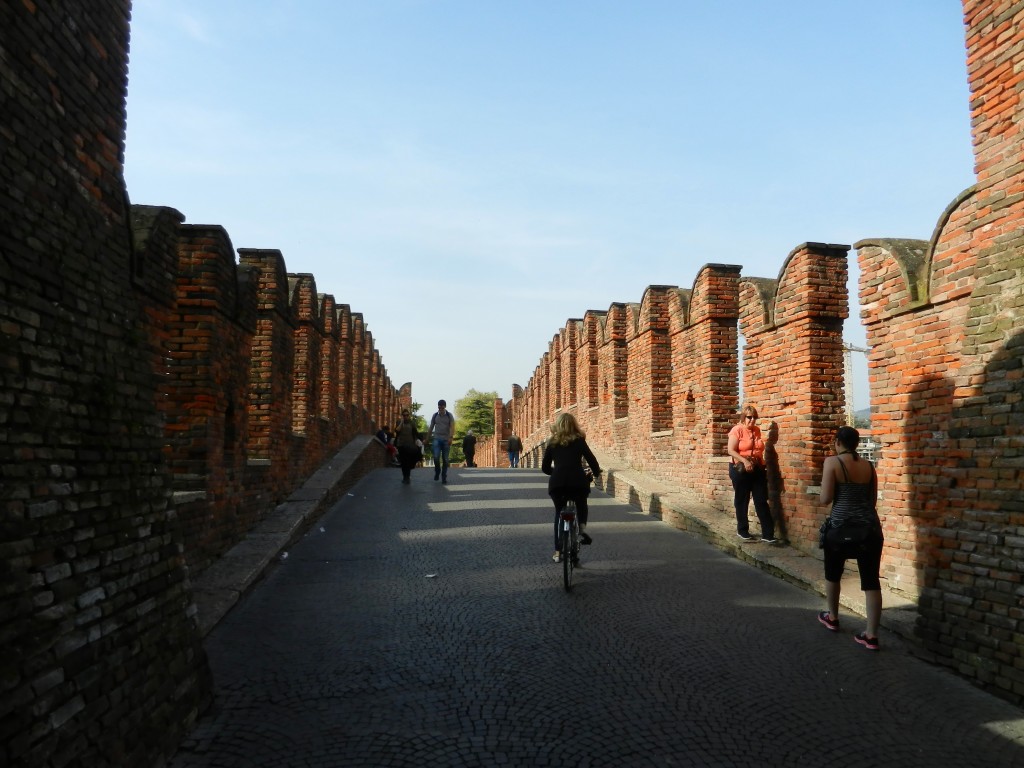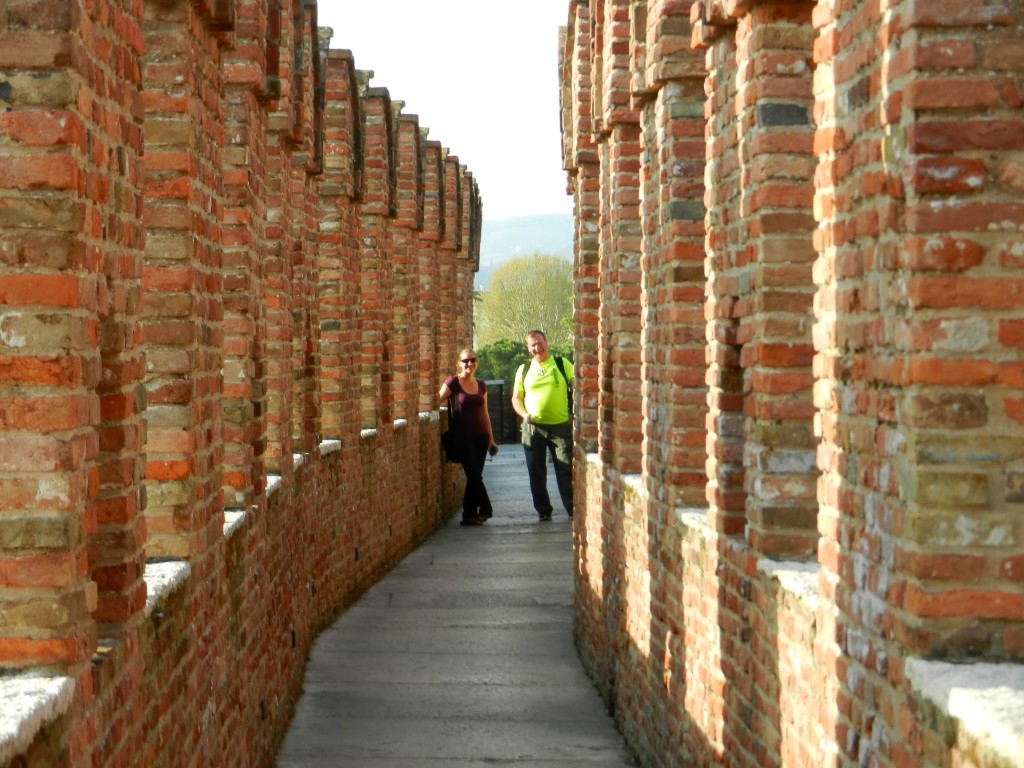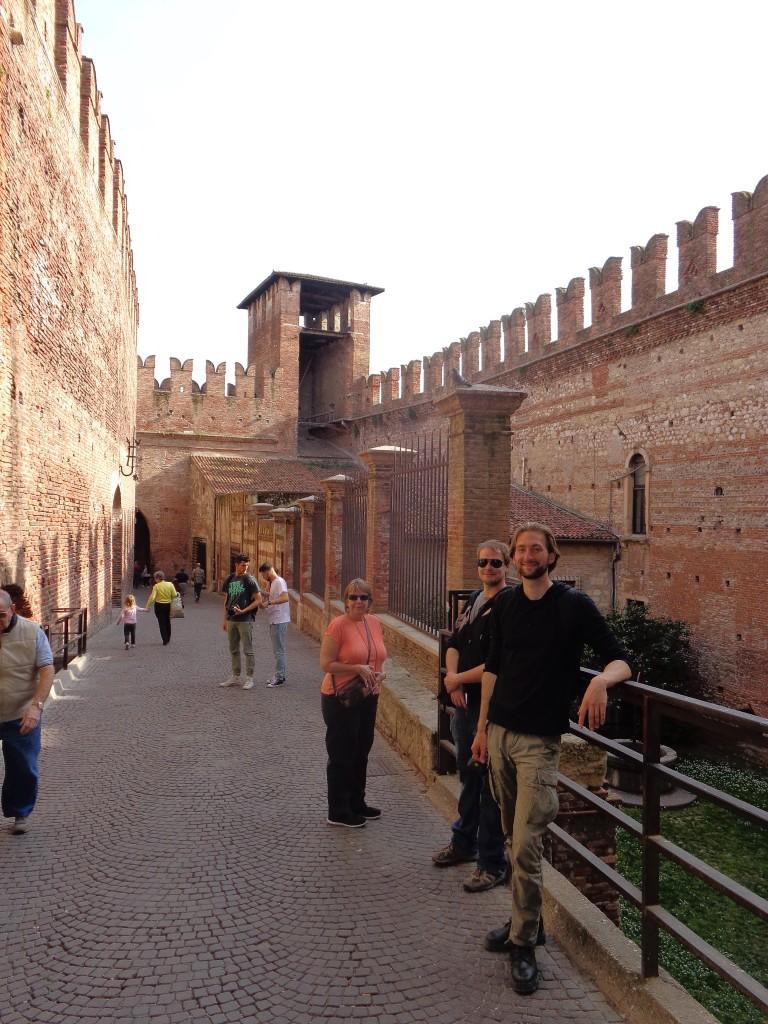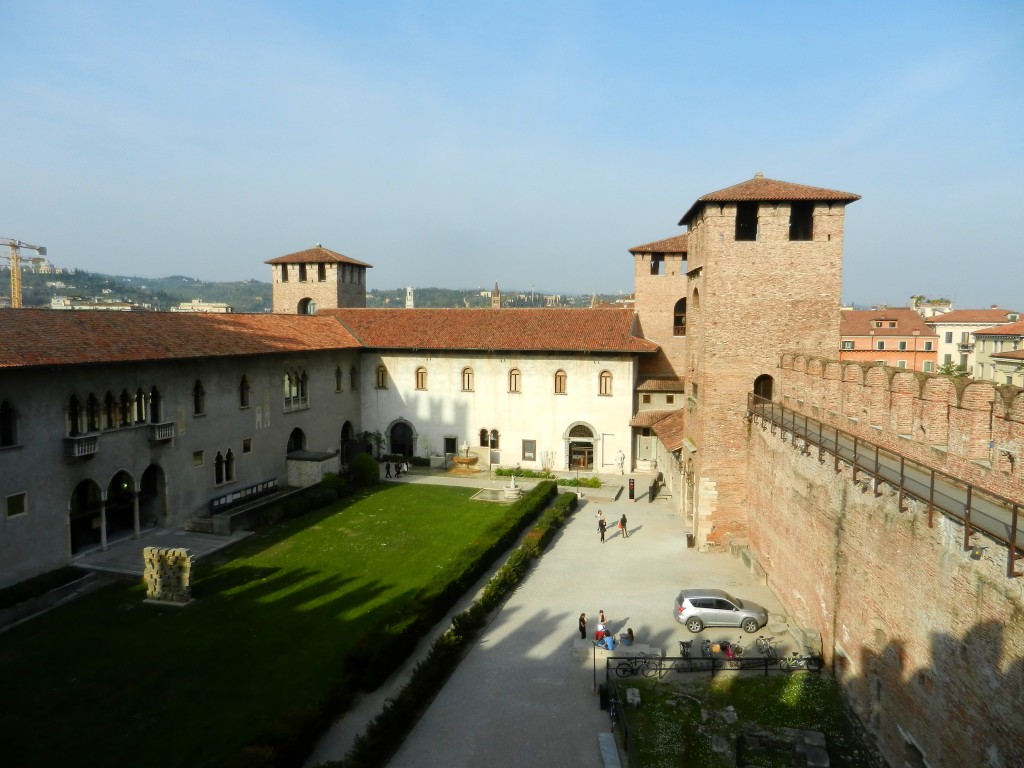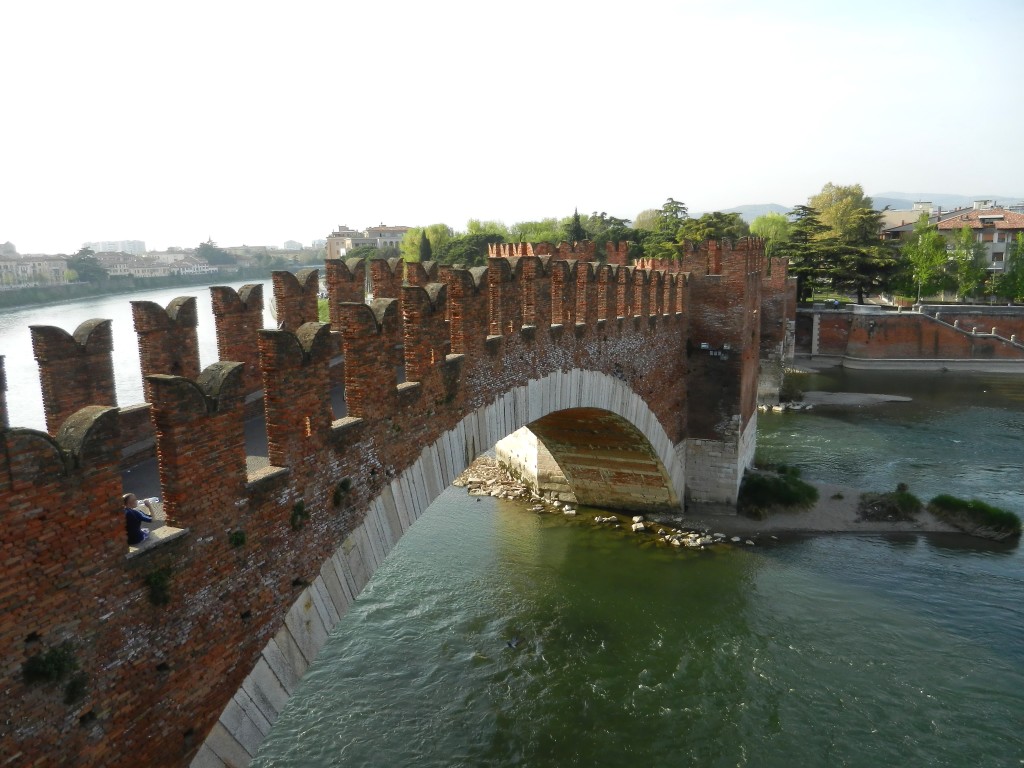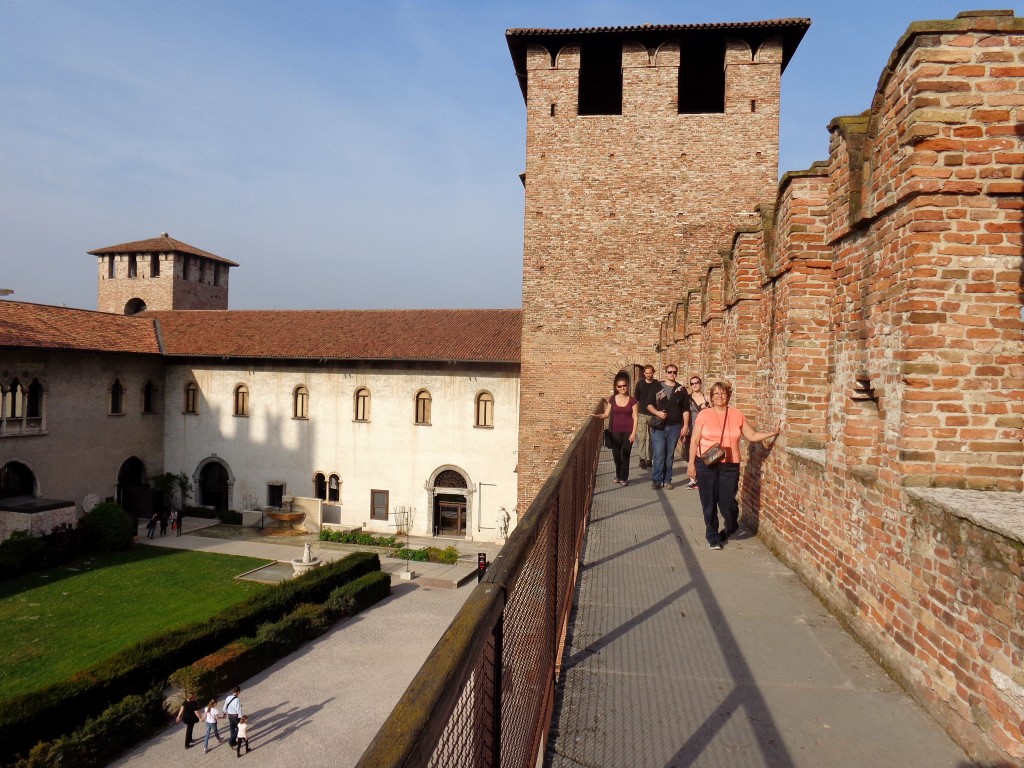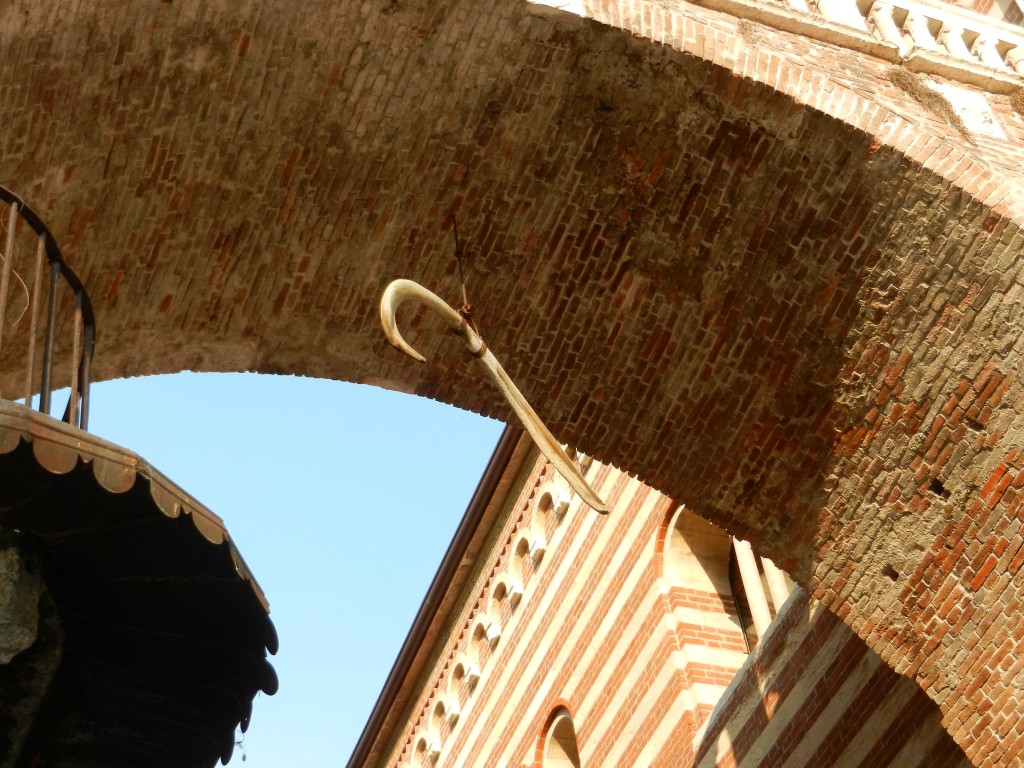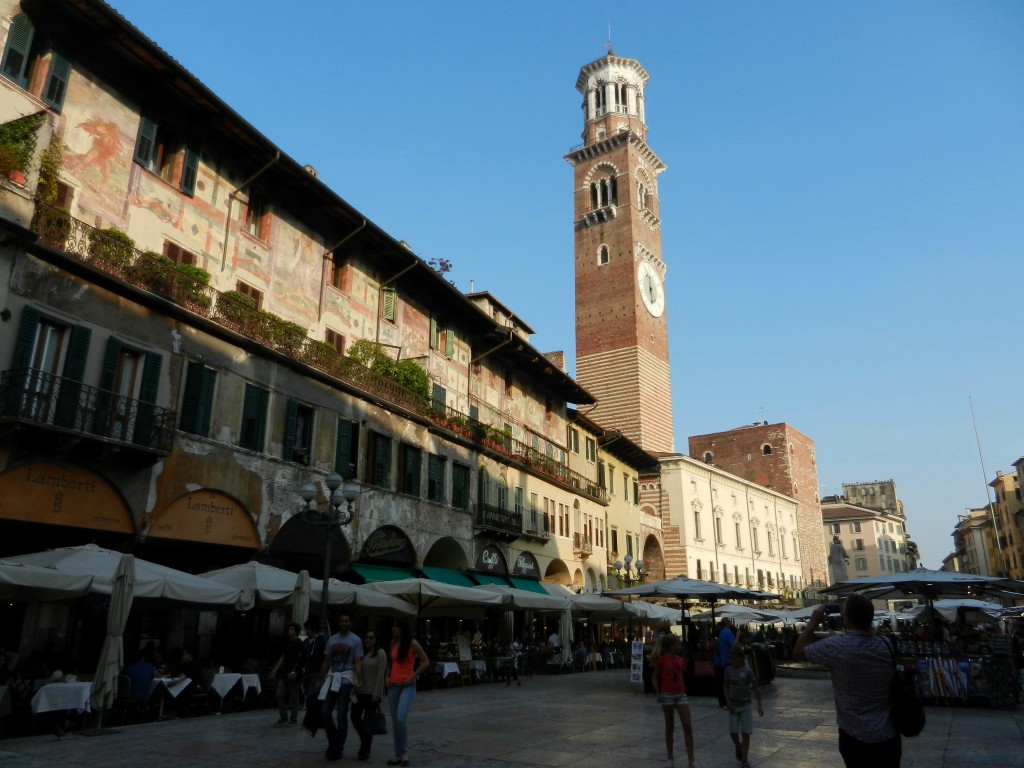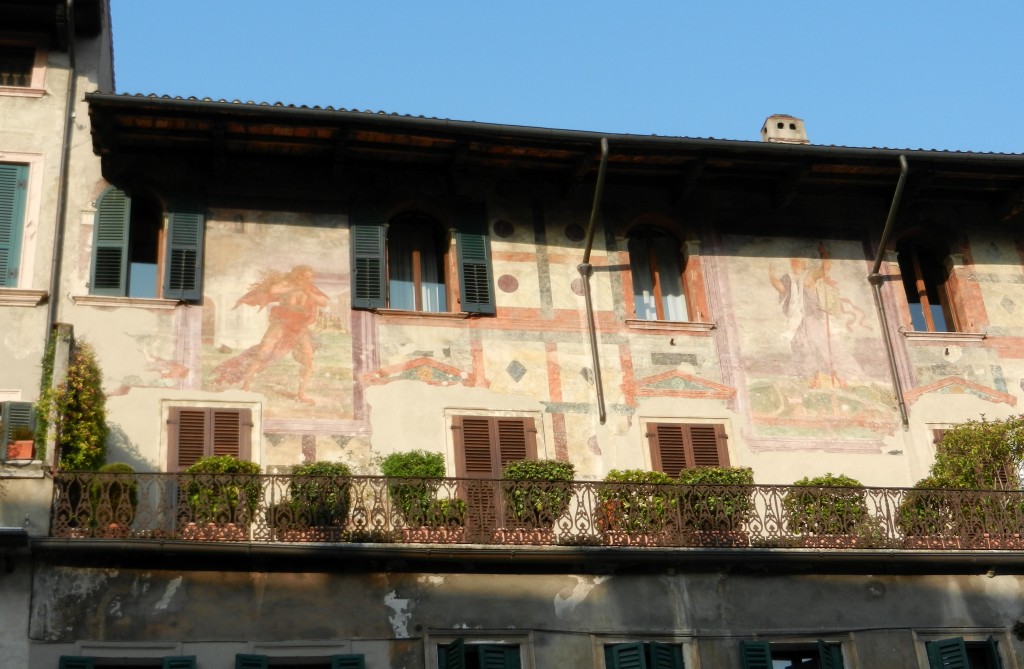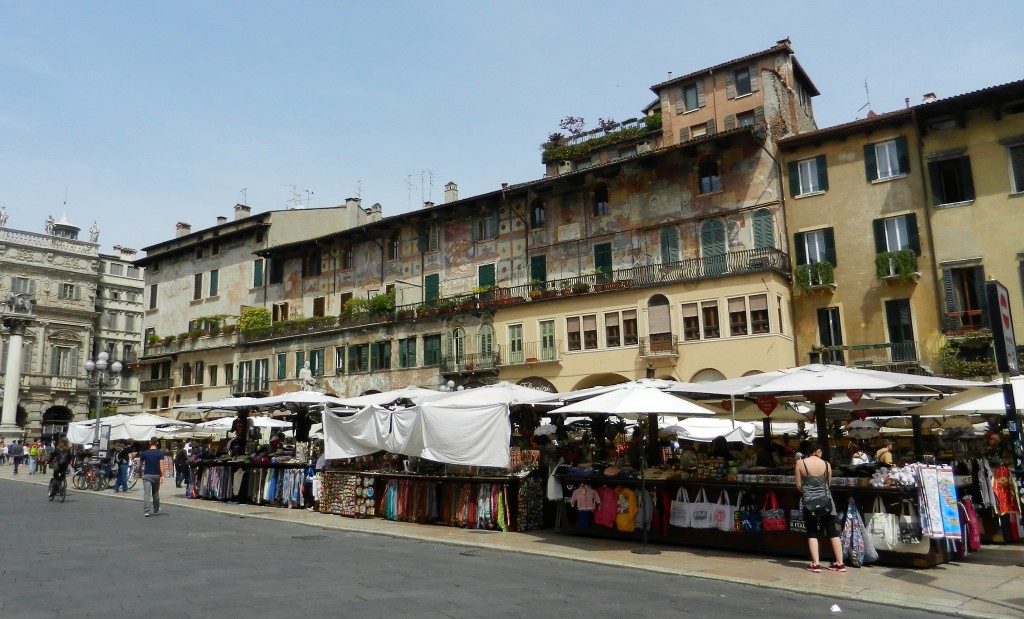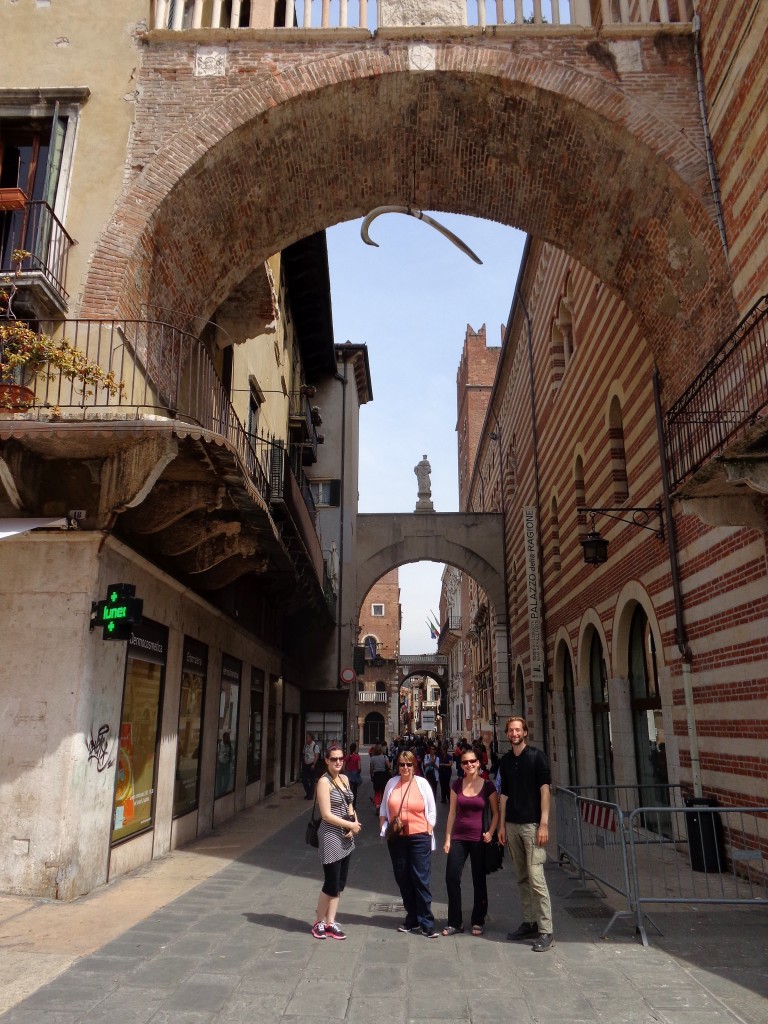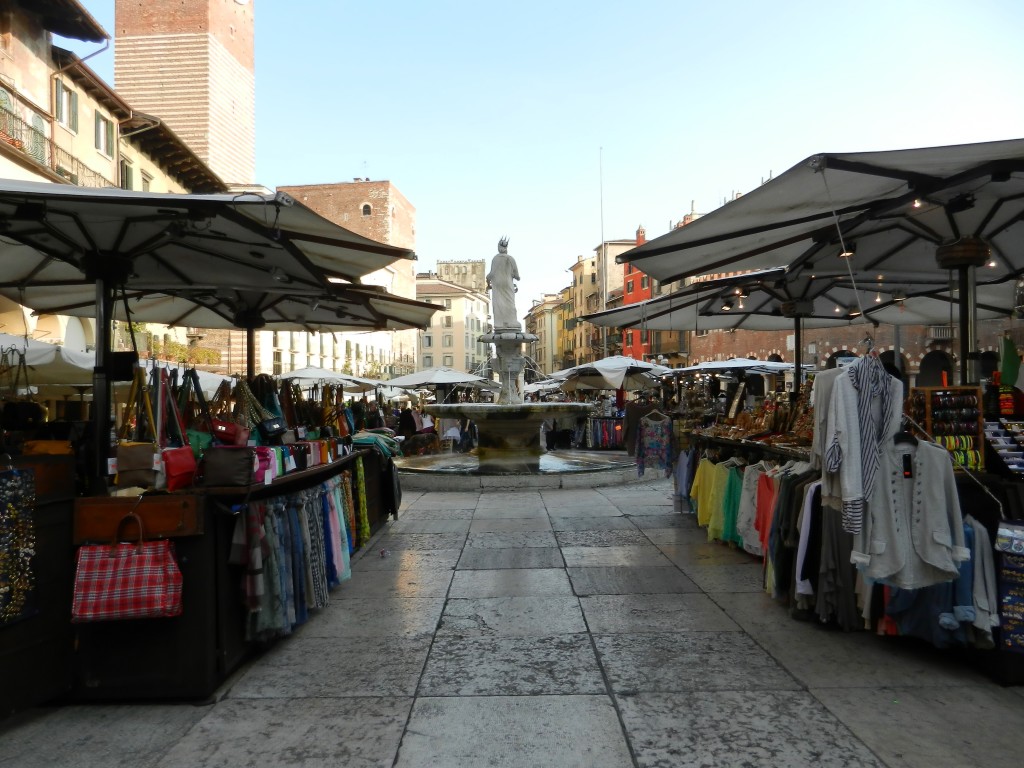“In fair Verona, where we lay our scene…”
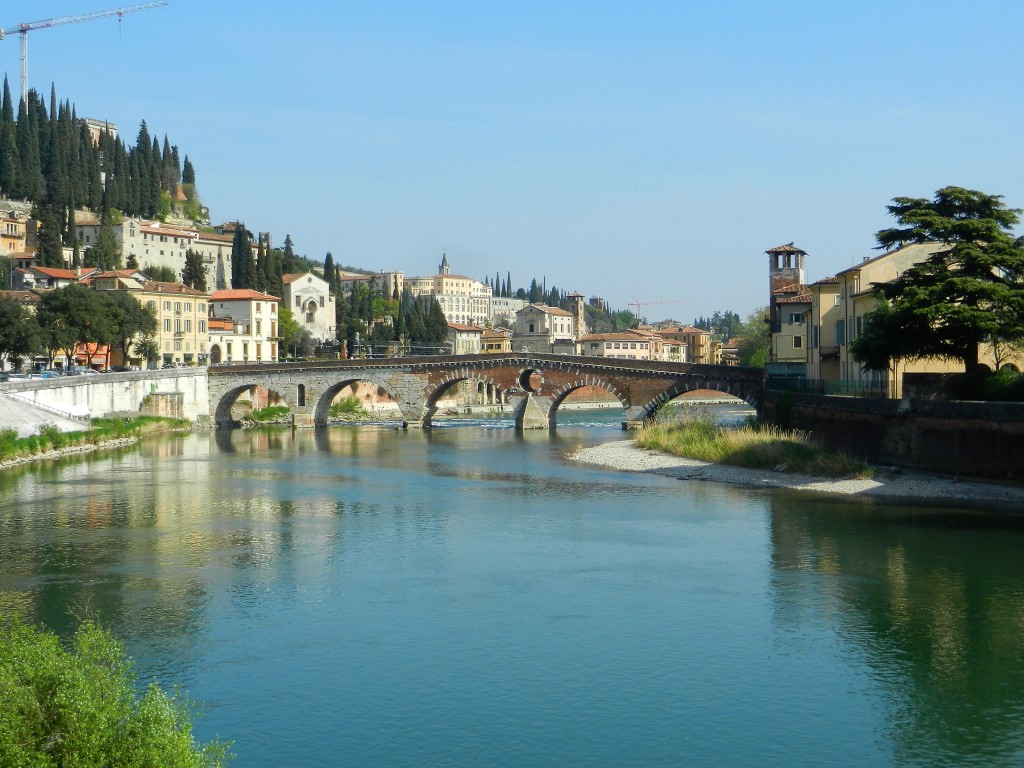 … The family finds themselves in a city alive with romance, drama, and the shadows of two of the world’s most famous “star-cross’d lovers“! Ah, William Shakespeare, who doesn’t remember reading at least a few of his works in school? While Verona sets the stage for three of Shakespeare’s plays, Romeo and Juiliet (of course), The Two Gentlemen of Verona, and The Taming of the Shrew, there is much more to it than the famous writings of an Englishman.
… The family finds themselves in a city alive with romance, drama, and the shadows of two of the world’s most famous “star-cross’d lovers“! Ah, William Shakespeare, who doesn’t remember reading at least a few of his works in school? While Verona sets the stage for three of Shakespeare’s plays, Romeo and Juiliet (of course), The Two Gentlemen of Verona, and The Taming of the Shrew, there is much more to it than the famous writings of an Englishman.
The earliest beginnings of Verona’s romantic, cobbled alleys are a bit of a mystery. One theory goes that it could have originally been a city of a proto-Italic group called the Euganei, before being passed into the hands of the Cenomani, a tribe of the Cisalpine Gauls. By about 300 BC, the Veronese territory fell under Roman rule, and resulted in the construction of ancient gates, forums, and even a Roman arena. These are still huge attractions today, with the forum now going by the name of Piazza delle Erbe, one of the main market squares in the city. Much later in Verona’s history, the Scaligeri clan ruled Verona with an iron fist clutching a bloody knife. Despite the feuding and murdering both within and without the clan, they did contribute aquaducts, bridges, and the Gothic Scalinger Tombs in the court of Santa Maria Antica. Fast forwarding to now, Verona is a a lively hub for the performing arts, in particular opera and symphony performances which are still held in the Roman arena!
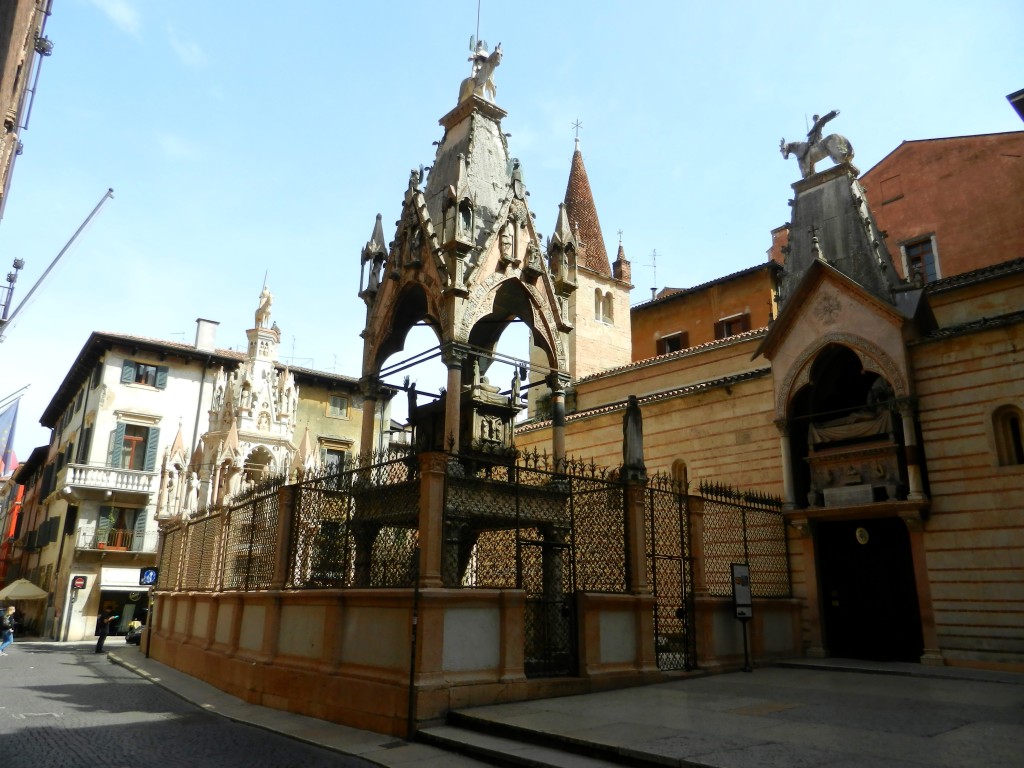
The Roman arena was a great place to start our tour of Verona. As I mentioned, if you’re into symphonies and opera, can you think of a cooler venue? You can see the performance listings and check out tickets here! For just visiting the arena, it’s actually a bit expensive by itself (€10 as of April 2015). My Mom tracked down the VeronaCard, which I would recommend if you’re planning on seeing more than one of included attractions as it’s only €18 (April 2015)! The Roman arena in Verona was built in the first half of the 1st century A.D. and is the third largest of its kind in Italy. As it’s still used today, it has a fairly modern interior, which is pretty neat compared to the antique exterior.
It’s hard to escape Romeo and Juiliet’s influence on Verona (tourism companies make sure to beat tourists over the head with fridge magnets, mugs, and cheesy souvenir plates). If you’ve gone ahead and bought a VeronaCard (like we did!) you’ll be happy to hear that it includes the entrance to Juliet’s House and Juliet’s Tomb! Keeping in mind that these are fictional characters (possibly based on real people?), Juliet’s house (Casa di Giulietta) was an interesting place to visit. The courtyard outside was PACKED with people, all wanting to take pictures with (and grope) the Juliet statue, which, of course, is said to offer good luck in love. But the house itself is the real highlight, which few tourists seem to bother with. The building dates back to the 13th century and was originally owned by the dell Capello family. Don’t get too excited seeing the balcony, sadly, it’s a 20th century addition, but everything has been beautifully renovated into a museum and was worth a visit!
Winding down our visit, we followed the Adige river to Castelvecchio, the “Old Castle” of Verona. In the 14th century Lord Cangrande II della Scala built the castle to keep his enemies at bay. He even added a picturesque, fortified bridge which was secretly his escape route out of the city should the inhabitants decide to oust their upper class. I loved the decorative merlons running along the tops of the walls and bridge. The museum is also great to visit if you enjoy Renaissance art, medieval artefacts, and weapons. You’ll see plenty of art students sitting on the grass sketching, so don’t be afraid to hang out and enjoy the serenity before heading back.
My favourite place in Verona would have to be Piazza delle Erbe. This busy market square was originally a Roman forum, so it’s no stranger to the bustle of feet or the chatter of gossip. Through the centuries the Piazza delle Erbe has been an economic and political heart of Verona, and now it is no different. Filling the square are stalls peddling souvenirs, fresh fruit, and sandwiches– surrounded by restaurants and cafés eager to entice you in for espresso and pasta. Don’t forget to look up! Exterior murals decorate the upper floors of several of the buildings lining the square. You’ll also spot a 500-year old whale bone hanging from Arco della Costa, which supposedly will fall when someone who has never told a lie walks beneath it (…aw, it didn’t fall on me :(… wait…).
Just outside the square we tracked down one of Italy’s amazing bakeries and stocked up on goodies and wine! The menu for our farewell Verona evening: Torta Russa di Verona and sfogliatelle! Perfect. Maybe some fresh pasta will find its way onto our plates too, it’s so cheap, delicious, and everywhere in Italy! Next up, we’re heading to a city filled with canals and gondolas…
